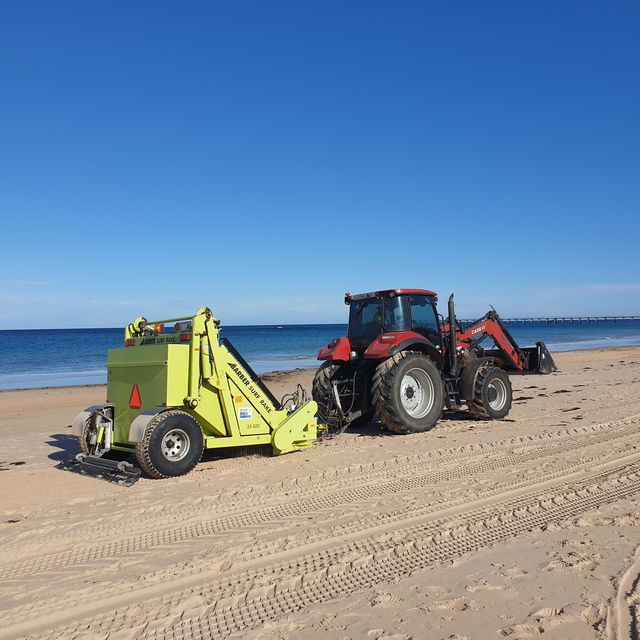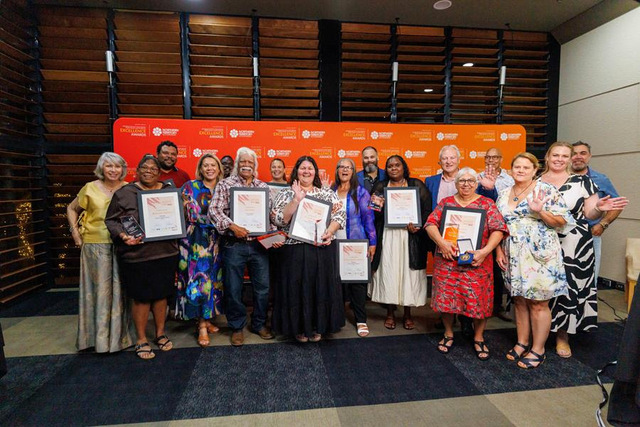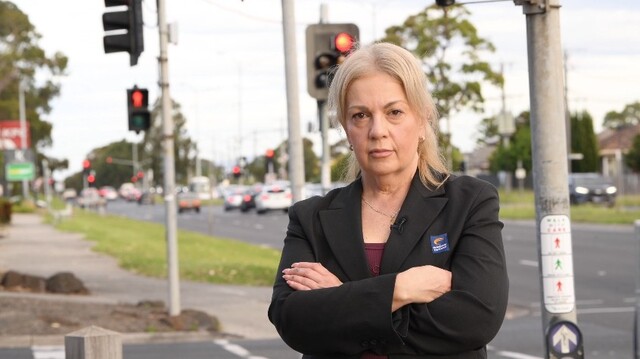A high-tech paving material made from recycled tyres could have a major impact on water sustainable urban design in Australia.
Developed in a research partnership between Tyre Stewardship Australia (TSA) and the University of Melbourne, Porous Lane’s permeable pavement design allows for better management of stormwater runoff, placing less pressure on urban drainage networks, reducing flash flooding, and improving the health of trees and parklands.
University of Melbourne lead researcher, Professor Mahdi Disfani, explains, “Storm water management is a common issue in most major cities.
“After a major rain downfall, busy inner-city roads made from conventional asphalt often flood within minutes.
“Porous Lane is designed to allow water to soak through the paving and seep back into the ground.”
With a design life of 25 years, the innovative pavement can be used for pedestrian paths, bike paths, car parks, driveways and low volume local roads across Australia’s capital cities.
“Roads and pavements are everywhere. With the right product, we could have a serious impact on reducing the number of tyres that end up in landfills, stockpiles or illegal dumps.”
Major field trials of permeable pavement have already taken place in the City of Mitcham in South Australia and the City of Yarra in Victoria.
City of Mitcham Mayor, Dr Heather Holmes-Ross, said, “This paving product provides many benefits to the environment, including harvesting water to help water nearby trees and gardens.
“Not only does it sustain urban vegetation it can help to increase groundwater recharge, reduce surface runoff, decrease the risk of flash-flooding and help with the treatment of storm water.”
TSA Chief Executive Officer, Lina Goodman believes Porous Lane has the potential to use around 300,000 end of life tyres (EOLT) a year in local government infrastructure – a significant contribution to the development of markets for Australian tyre-derived products (TDPs).
“Local governments can carry real influence in the circular economy.
“TSA is eager to partner with councils so more trials can take place to showcase Porous Lane’s full potential in the urban environment.
“This increases the confidence of local governments and the roads industry in TDP and showcases how sustainable management of EOLT can deliver new products and jobs.”
*Copy supplied by Tyre Stewardship Australia







